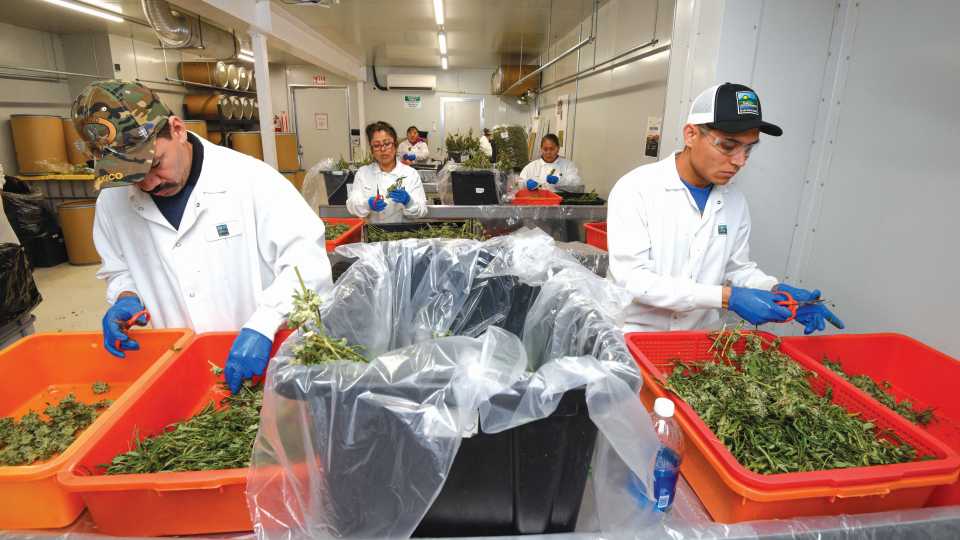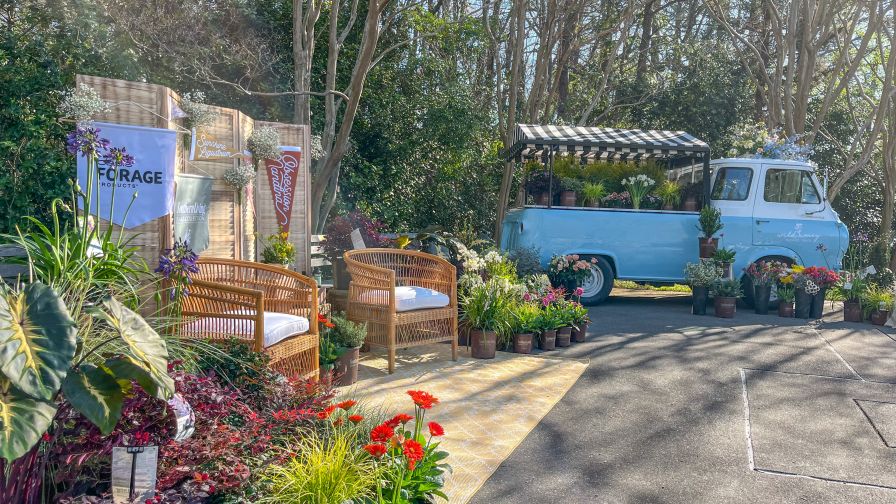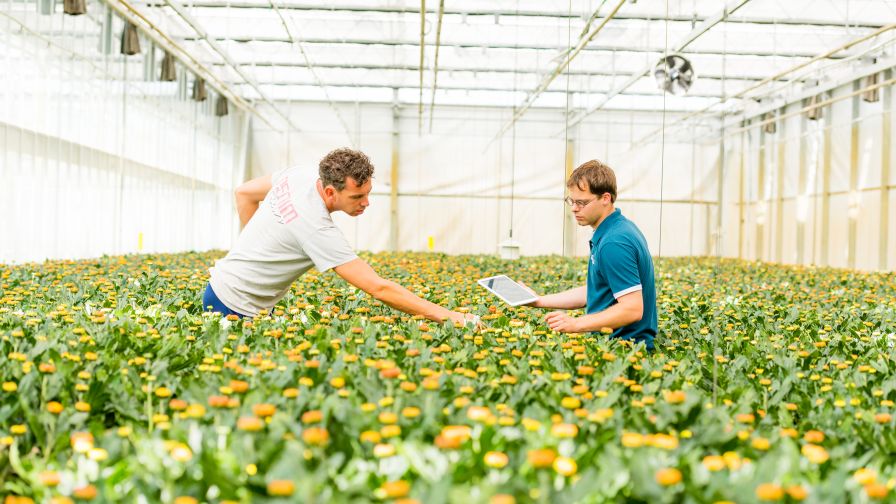Why Curing Cannabis Is Critical to Plant Quality

Photo: Paul Wellman
The best cannabis is born from premium genetics, innovative cultivation, timely trimming, and, finally, a thorough curing process.
A proper curing process is a key to producing a smooth, flavorful smoke representative of the most delicate buds. A recent blog post from Growlink outlines what curing cannabis is, and how to do it.
What Is Curing Cannabis?
Curing is a process that involves aging/drying harvested plant material to fine-tune the moisture content and allow for the decay of sugars and chlorophyll before consumption. Many plants are cured, such as cannabis, hemp, sagebrush, bay leaves, tea leaves, and tobacco.
In cannabis cultivation specifically, the curing process creates a cleaner, smoother smoke, and enhanced flavor. It ensures the bud has a moisture level that doesn’t allow mold and other pathogens to thrive as long as it’s done correctly.
Benefits to Properly Curing Cannabis
Every vegetable requires a different curing process for the best outcome. Regardless of the process, the goal is the same: to protect the product while retaining robust flavors, nutrients, and, in the case of cannabis, cannabinoids.
Proper curing ends the degradation process before active compounds like terpenes and cannabinoids evaporate or transform.
After harvest, the plant begins to degrade as enzymes and aerobic bacteria break down excess sugars and starches. Curing cannabis essentially forces the plant to use up those sugars, starches, and excessive nutrients before they’ve had the chance to dry out and get stuck inside the plant.
Curing cannabis also extends the shelf life of the product for commercial growers. Uncured cannabis can become moldy or develop mildew. This is especially true if you store your cannabis without access to air.
Ways To Cure Cannabis
There are many methods of curing cannabis, and it is recommended you test small batches to dial in the method of your choice. Regardless of how you dry your cannabis, trimming your harvest is the first step. After you cut down your plant:
- Trim the buds so that it dries evenly.
- If you live in an arid area, leaving a few leaves on the bud will make sure it doesn’t dry too quickly.
- If you grow in a humid area, remove the buds from the stems and trim all of the leaves or as many as possible.
Once you’ve trimmed your plants, you need to determine the best method for curing your cannabis. Here are a few methods:
- Hanging your buds
- Heating methods
- Curing in jars
- Wet curing methods
- Fast-curing buds
These are the most popular, and while there are pros and cons to any method, do your research. The last thing you want to do is ruin your crop at the very end of the process. Be patient; curing your cannabis will extend the life of your product and allows for easy storage.
Learn more from Growlink here.








